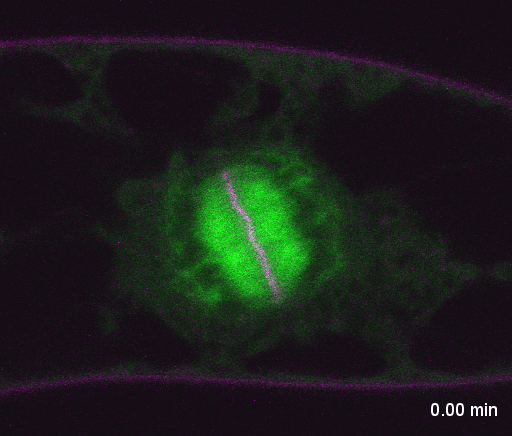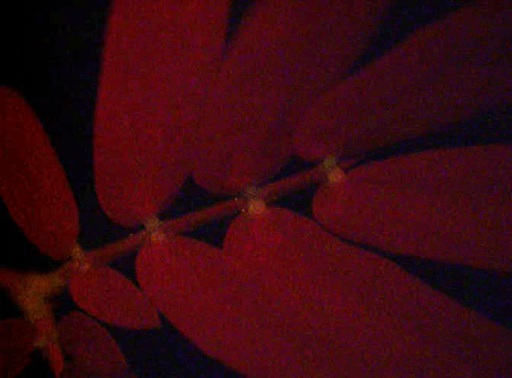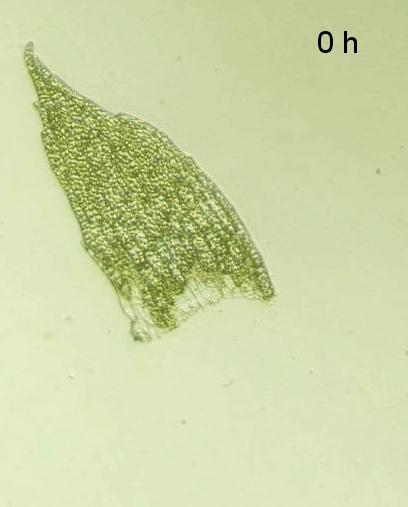RESEARCH
We would like to know key genetic changes that resulted in the evolution of influential novel traits in land plants. For the purpose, we select new key-stone model organisms, sequence the genomes, establish genome editing techniques, and investigate mechanistic novelty at both cellular and organismal levels.
(1) Evolution of body plan in land plants
To explore the generality of development in land plants, we sequenced the genomes of missing-link species in land plant evolution: the moss Physcomitrella patens and the lycopod Selaginella moellendorffii as a core member of international consortia (Rensing et al. 2008 Science, Banks et al. 2012 Science). We investigated functions of genes involved in reproductive organ development (e.g. Hasebe et al. 1998 PNAS, Tanabe et al. 2005 PNAS, Maizel et al. 2005 Science), vegetative organ development (e.g. Fujita et al. 2008 Evol. Dev., Aya et al. 2011 Nat. Commun., Xu et al. 2014 Science), and life cycle (e.g. Okano et al. 2009 PNAS, Sakakibara et al. 2013 Science) with the moss Physcomitrella patens and compared the functions to other land plants. We and other groups found that genetic regulatory networks in body organization and organ development are mostly different between Arabidopsis and Physcomitrella likely because of frequent genome duplications in different lineages.
To further investigate the general mechanisms of land plant body organization, we now focus on the regulatory mechanisms of cell division axes. We previously found microtubule organization (e.g. Murata et al. 2005 Nat. Cell Biol., Murata et al. 2013 Nat. Commun.), some transcription factors, and phytohormones regulate cell division axes and now investigate the factors to connect them.

Cell division of tobacco BY2 cell. Movie by Dr. Takashi Murata
(2) Evolution of carnivorous plants and plant movement
Charles Darwin was interested in carnivorous plants and plant movement, and wrote two books “Carnivorous Plants” and “The Power of Movement in Plants”. Many physiological studies also revealed mechanisms of carnivory and movement in plants. However, we still do not know what genes are involved in the evolution of carnivory and movement, because of the lack of genome information and gene manipulation techniques.
We sequenced the Australian pitcher plant Cephalotus follicularis, revealed the evolution of digestive enzymes, and succeeded in regulating the developmental switch between carnivorous and non-carnivorous leaves (Fukushima et al. 2017 Nat. Eco. Evo.). In the North American pitcher plant Sarracenia purpurea, we found that tissue-specific changes in the orientation of cell division underlie the evolution of pitcher leaves (Fukushima et al. 2015 Nat. Commun.).
We also sequenced genomes of the sundew Drosera spatulata and the sensitive plant Mimosa pudica as well as transcripts of the Venus fly trap Dionaea muscipula and succeeded to transform them with Agrobacterium. Now we investigate (1) molecular mechanisms of movement in Drosera spatulata, Dionaea muscipula, and Mimosa pudica and (2) a molecular mechanism of memory system in Dionaea muscipula, in which two mechanical stimuli are necessary to close the snap trap.

Transgenic sensitive plant with GFP signal. Movie by Dr. Hiroaki Mano
(3) Molecular mechanisms of reprogramming from differentiated cells to stem cells.
Plant cells can be more easily reprogrammed from differentiated cells to stem cells than animal cells can. The moss Physcomitrella patens has one of highest reprogramming ability in land plants. Physcomitrella leaf cells in a dissected leaf segment change to stem cells without any supplementary treatments within 24 hours. We studied the genetic regulatory networks of the stem cell formation (Ishikawa et al. 2011 Plant Cell, Sakakibara et al. 2014 Development, Palvaskin et al. 2016 Dev. Cell, Chen et al. 2017 Nat. Commun., Sato et al. 2017 Sci. Rep.) and found a transcription factor whose induction is enough to change differentiated leaf cells to stem cells in vivo. We now investigate mechanisms why a single gene can change differentiated cells to stem cells.

Leaf cells in a dissected leaf change to stem cells. Movie by Dr. Takashi Murata

